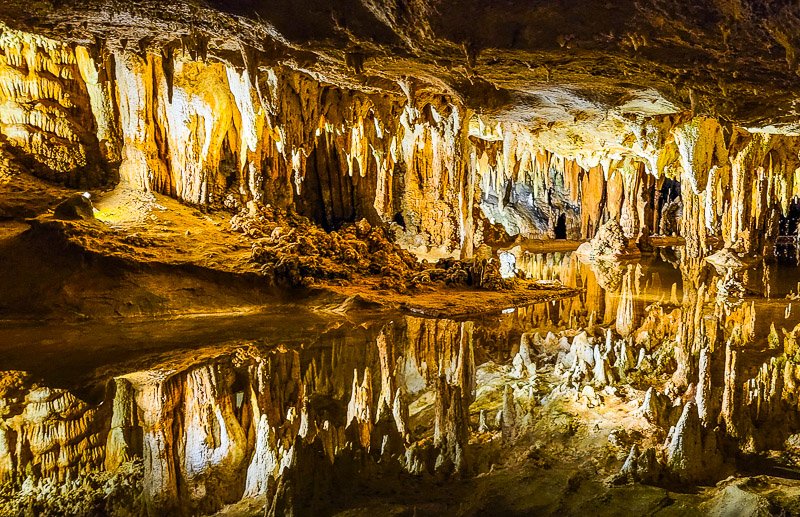Government-owned engineering consultancy firm Engineers India (EIL) is studying the prospects and feasibility of developing salt cavern-based strategic oil reserves in Rajasthan.
About Salt Cavern:
- Salt caverns are developed by the process of solution mining, which involves pumping water into geological formations with large salt deposits to dissolve the salt.
- After the brine (water with dissolved salt) is pumped out of the formation, the space can be used to store crude oil.
- The process is simpler, faster, and less cost-intensive than developing excavated rock caverns.
- Salt cavern-based oil storage facilities are also naturally well-sealed, and engineered for rapid injection and extraction of oil.
- The salt that lines the inside of these caverns has extremely low oil absorbency, which creates a natural impermeable barrier against liquid and gaseous hydrocarbons, making the caverns apt for storage.
- Rajasthan, which has the bulk of requisite salt formations in India, is seen as the most conducive for developing salt cavern-based strategic storage facilities.
India’s Strategic Petroleum Reserves
- India has three existing strategic oil storage facilities — at Mangaluru and Padur in Karnataka, and Visakhapatnam in Andhra Pradesh.
- These are made up of excavated rock caverns.




